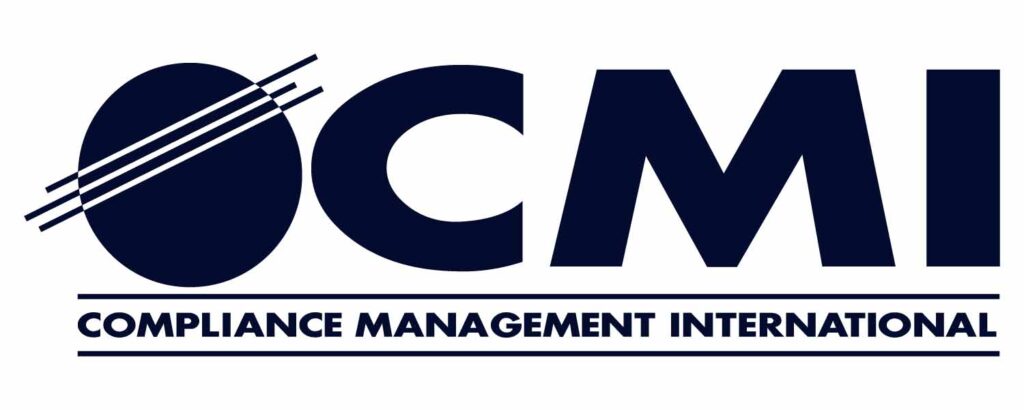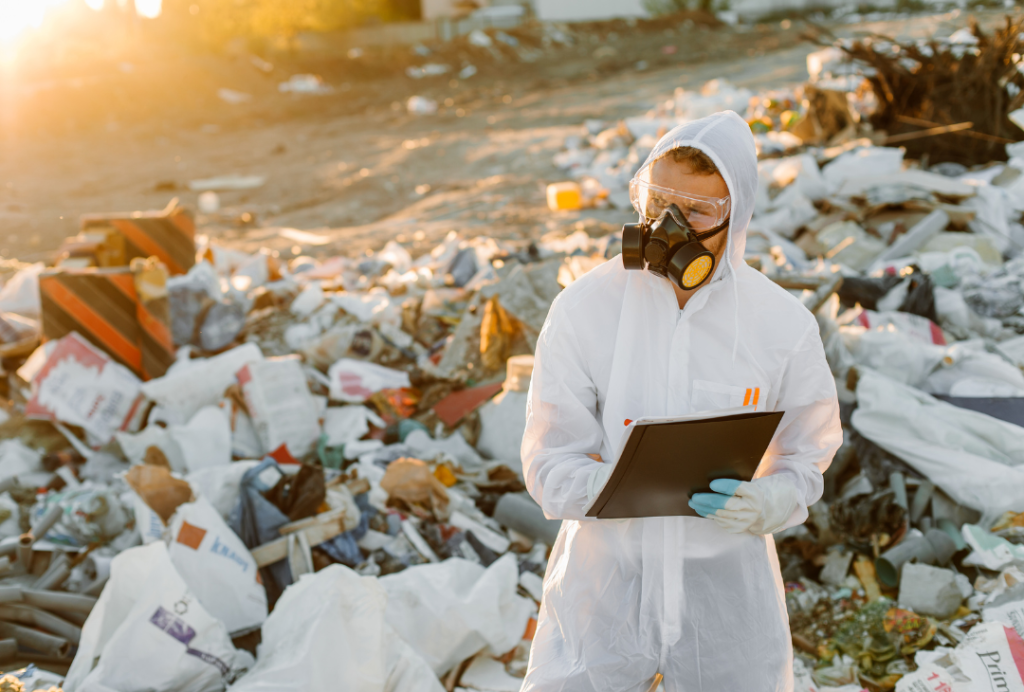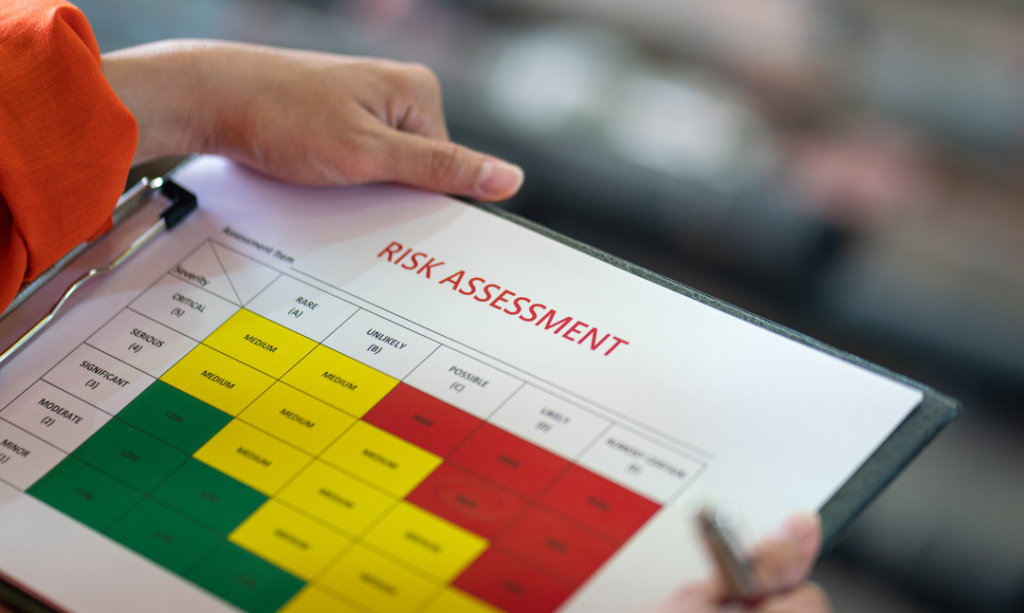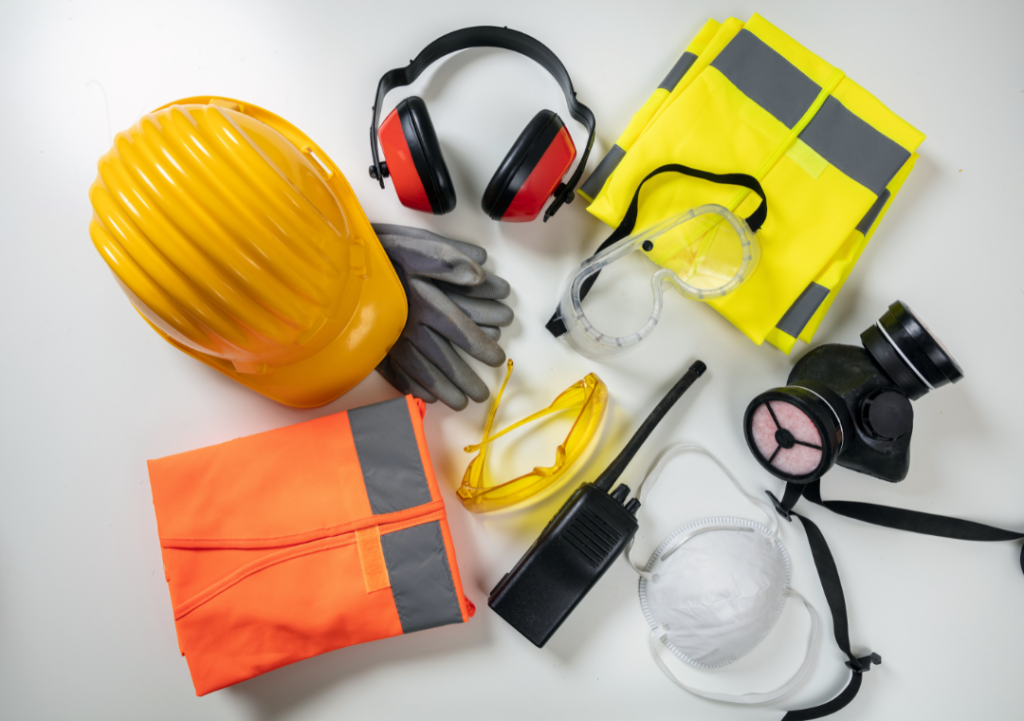Daily temperatures continue to rise as we approach the summer months, as does the potential for heat-related illnesses in the workplace. To emphasize the importance of heat-related illness prevention planning, let’s review a case study based on an OSHA fatality investigation resulting from a heat-related illness.
Investigation Summary
- The employee was hired and completed new worker orientation on July 1, 2020.
- The employee was assigned to load dough on an oven line in the production/baking department.
- On July 3, 2020, the oven was operating at 550∞F and relative humidity that day was as high as 79%.
- Employees were required to wear hairnets and cloth smocks over street clothes.
The line operator noticed the employee walking back and forth from the oven line to the bathroom, acting erratically, and sweating. The line operator sent the employee for an additional break to cool off and hydrate. When the employee returned, he was still behaving erratically, disoriented, and sweating profusely. Management was notified. The employee left the facility and was passed out in the parking lot. He was found to be wearing two cloth smocks. The supervisors began removing his clothing to cool him down and called for emergency medical services immediately. The employee was non-responsive when medical services arrived. His temperature was 105∞F. He was taken to the emergency room, where he was pronounced dead due to heat-related illness. The medical examiner confirmed that it was a heat-related death. There was no training for heat illness prevention and out of COVID concerns, the fans had been removed from the floor that day.
Citations and Penalties
| Initial Penalty | ||
| Serious | Other | Total |
| $13,494 | $9,639 | $23,133 |
Citation: 01- Serious
Section 5(a)(1)-General duty clause.
Employees performing continuous moderate work, including loading and unloading boards on the conveyor belt for Oven Line 7, were exposed to the hazard of excessive heat generated by the baking process and multiple ovens in the production area operating at temperatures from 550 to 575∞F. The employer also requires employees to wear cloth smocks over their street clothes. Temperature monitoring was done in the area and a Heat Index of 106∞F was observed, which exceeds safe levels of exposure. Such exposure may lead to the development of heat related illness such as heat stroke, heat stress, heat exhaustion or death. On July 3, 2020 an employee died from hyperthermia with a core body temperature of 109∞F. Additionally, the employee was not acclimated to the hot environment, having started his employment on July 1, 2020. On July 4, 2020 another employee became ill and was transported to the hospital, where he was diagnosed with heat stress.
Citation: 02- Other-than-serious
29 CFR 1904-Recording and Reporting Occupational Injuries and Illnesses- Reporting fatalities, hospitalizations, amputations, and losses of an eye as a result of work-related incidents to OSHA.
29 CFR 1904.39(a)(1): The employer did not report within 8-hours the death of an employee resulting from a work-related incident
Lessons To Learn from This Case:
- Heat-related illness can occur indoors. The risk is not limited to outdoor workers.
- Some types of work clothing prevent the release of heat from the body. Environmental heat measurements may underestimate the risk of heat-related illness in these situations.
- Workers are at risk of heat-related illness when they are not properly acclimated to heat. This can include new employees, employees returning from vacations or off days, and employees reassigned to warmer job tasks.
- The heat index (air temperature and humidity) should be monitored for conditions that can reach over 80∞F.
- Have a plan in place for prevention and proper response.
- Train employees and supervisors to understand heat-related illness symptoms and response.
- Understand OSHA recording and reporting protocol.
How Can CMI Help?
- Help you to understand OSHA’s National Emphasis Program for Outdoor and Indoor Heat-Related Hazards, and whether your organization is a targeted industry.
- Assist in conducting an assessment to determine your heat-related exposures.
- Work with your team to develop a written, site-specific Heat-Related Illness and Injury Prevention Program.
- Develop and deliver site-specific training for your employees on the Heat-Related Illness and Injury Prevention Program.
- Conduct routine inspections to ensure adherence and effectiveness of this program, and compliance with other required Health and Safety programs.
CMI’s team of health and safety professionals have expertise in both Construction and General Industry heat-related illness prevention planning, and are available to assist you in preparing for a safe summer!
Written by Rebecca Caffrey



